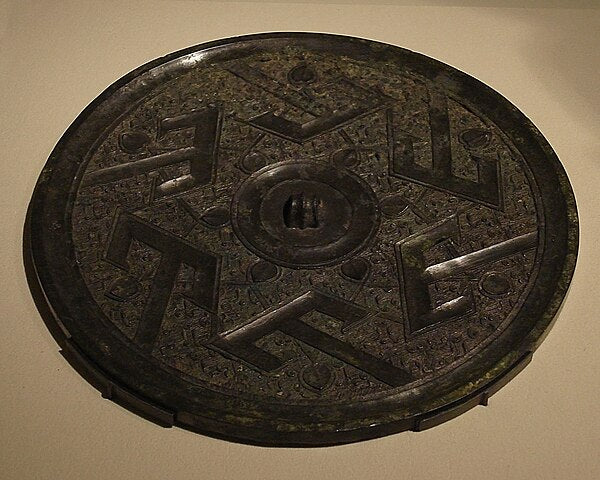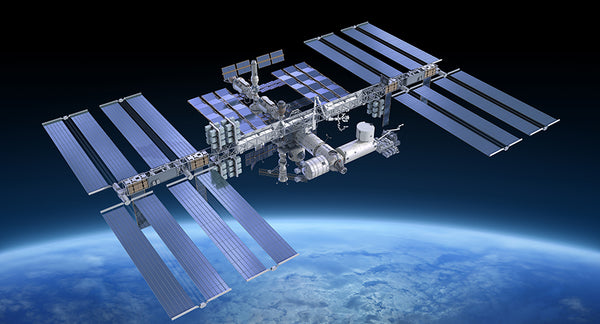Solar energy has been harnessed by humans for thousands of years. From its early uses in ancient civilizations to its modern applications as a sustainable power source, the history of solar energy is a testament to human ingenuity and the quest for renewable resources.
As homeowners, we strive for a sense of security and reliability, especially when it comes to powering our homes. Imagine being able to tap into an energy source that has been around since the dawn of time --- one that is abundant, clean, and renewable. From the early civilizations that used the sun's warmth to heat their homes to the modern advancements that allow us to generate electricity from sunlight, the history of solar energy is a fascinating story of innovation and progress.
Let’s have a quick look at the history of solar energy and discover how this ancient source of power is shaping the future of homes.

Ancient Civilization
The history of solar energy can be traced back to ancient civilizations, where people relied on the sun for warmth, light, and food preservation. One of the earliest known uses of solar energy was in ancient China, where mirrors, now called 'burning mirrors,' were used to light fires for religious ceremonies as early as 4000 B.C. In ancient Greece, the philosopher Socrates observed that south-facing buildings received more sunlight in winter, leading to the design of passive solar architecture. Ancient Egyptians also utilized solar energy, aligning their buildings to capture the sun's rays for heating and lighting. These early civilizations recognized the sun's power and sought to use it for their daily needs, laying the foundation for the development of solar technology in the future.
Early Solar Technologies
In the 7th century AD, the magnifying glass, used to start fires by concentrating sunlight, was a precursor to modern solar cookers. In the 18th century, Swiss scientist Horace-Bénédict de Saussure built the first solar oven, which reached temperatures above 446 degrees Fahrenheit (230 degrees Celsius).
Around the same time, the invention of solar panel was discovered by 19-year-old French physicist Alexandre-Edmond Becquerel. He noticed that when electrons in a material's conduction band became excited, they could move freely, generating an electric current. This laid the foundation for solar photovoltaic (PV) technology. This is the first solar cell.
In the 1860s, French mathematician August Mouchot envisioned solar-powered steam engines. Over the next two decades, Mouchot and his assistant, Abel Pifre, brought this idea to life by constructing the first solar-powered engines, which they utilized for various applications. This pioneering work laid the foundation for modern parabolic dish collectors.
In 1873, Willoughby Smith made significant discovery regarding selenium’s photoconductive potential. This then led to William Grylls Adams and Richard Evans Day discovering in 1876 that selenium could actually generate electricity when exposed to sunlight.
Charles Fritts is credited with building the first true solar cell in 1883. He coated selenium with a thin layer of gold, forming a semiconductor junction that produced electricity when exposed to light. Fritts' invention was the precursor to modern solar cells, marking a significant advancement in solar technology.
Trivia: Did you know that in the 1700s and 1800s, sunlight was harnessed to power ovens and even ships? This early use of solar energy demonstrates humanity's long history of utilizing the sun's power for practical purposes.
Solar Water Heating and Other Breakthroughs
The 19th century saw significant advancements in solar energy technology, particularly in solar water heating. In 1891, American inventor Clarence Kemp patented the first commercial solar water heater, which was used in homes and businesses to heat water using sunlight. This invention of solar power laid the groundwork for modern solar water heating systems.
In 1908, William J. Bailley of the Carnegie Steel Company invented a solar collector featuring copper coils and an insulated box, a design that resembles present-day solar collectors.
In the mid-1900s, a significant milestone in solar energy was reached in 1954, when Gerald Pearson, David Chapin, and Calvin Fuller, developed the first functional silicon solar cell. Their achievement marked a breakthrough, achieving an efficiency of 11% with a cell the size of a small coin. This accomplishment made history as they became the first to successfully convert sunlight into usable energy.
In 1955, Western Electric began selling commercial licenses for silicon photovoltaic (PV) technologies. These early PV products included dollar bill changers and devices for decoding computer punch cards and tape.
In the mid-1950s, architect Frank Bridgers created the design for the very first commercial office building to use passive design principles and solar water heating. Known as the Bridgers-Paxton Building, this landmark has been continuously operating with its solar system since its construction and is now listed on the National Historic Register as the world’s first solar-heated office building.

Solar Power in Space
The space race of the mid-20th century spurred further advancements in the invention of solar panel. In 1958, the Vanguard I satellite became the first spacecraft to use solar cells to generate electricity. This marked the beginning of solar power's use in space exploration, where it remains a primary power source for satellites and spacecraft.
Modern Solar Energy
The oil crises of the 1970s sparked renewed interest in solar energy as a viable alternative to fossil fuels. Governments and researchers began investing in solar technology, leading to the development of the first practical solar cells and solar panels.
Also during the 1970s, Dr. Elliot Berman, with support from Exxon Corporation, developed a much more affordable solar cell, reducing the price from $100 per watt to $20 per watt. This advancement allowed solar cells to power navigation warning lights, railroad crossings, lighthouses, and various domestic applications in remote locations where grid-connected utilities were not feasible.
In 1977, the US Department of Energy established the Solar Energy Research Institute (now the National Renewable Energy Laboratory) to further research and development in solar energy.
The Solar Revolution
Solar power reached a significant milestone when installed solar capacity worldwide reached 1,000 megawatts in 1999. This marked a turning point for solar energy, as it became widely recognized as a viable alternative to fossil fuels in the early 2000s, leading to its widespread adoption across the globe.
Today, solar energy is one of the fastest-growing renewable energy sources in the world. Advances in technology have made solar power more affordable and efficient, leading to widespread adoption in homes, businesses, and utilities. Solar panels can now be found on homes, in solar farms, mobile homes, boats, even in your barbeque grill and many other applications.
Curious about the nuts and bolts behind solar panels? Learn more here.
Energy storage solutions, such as batteries, are also continuously being developed to address the intermittent nature of solar power.
Solar Today and the Future
Solar energy has become increasingly accessible and affordable for homeowners, marking a significant shift in the energy landscape. This accessibility is due in part to advancements in technology and manufacturing processes, which have significantly reduced the cost of solar panels. Additionally, government incentives and rebates for solar installations have made it even more enticing for homeowners to switch to solar.
As we look to the future, solar energy is poised to play an even more significant role in our energy mix, offering a sustainable and environmentally friendly alternative to fossil fuels.

If you're looking to invest in high-quality solar panels, Nature's Generator is a reputable company known for its eco-power solutions that can meet all your home's power needs. Join the solar revolution with a trusted brand that offers reliable and sustainable energy solutions. One of Nature's Generator's flagship products is the Powerhouse, boasting a maximum power output of 120V/240V 7200Watt, capable of powering nearly anything in your home. In addition, Nature’s Generator recognizes the need for system expandability, and the Powerhouse can seamlessly integrate additional components like Solar Panels, Wind Turbines, Power Pods, Transfer Switches, Security Camera Systems, and more. For more information on the best home solar-powered systems and to get assistance in determining the right setup for you, feel free to get in touch with the Nature's Generator team here.
Conclusion
The history of solar energy is a story of innovation and perseverance. From its humble beginnings in ancient civilizations to its current status as a key player in the global energy landscape, solar energy has come a long way.
Projections suggest that solar energy will continue to grow exponentially, with more efficient technologies and widespread adoption driving its expansion. By harnessing the power of the sun, we can definitely create a more sustainable future.
* We want to give credit where credit is due. Professional writer, Michelle Gamana, contributed research and content to this blog titled: What is the History of Solar Energy Thank you, Michelle, for your contributions!












